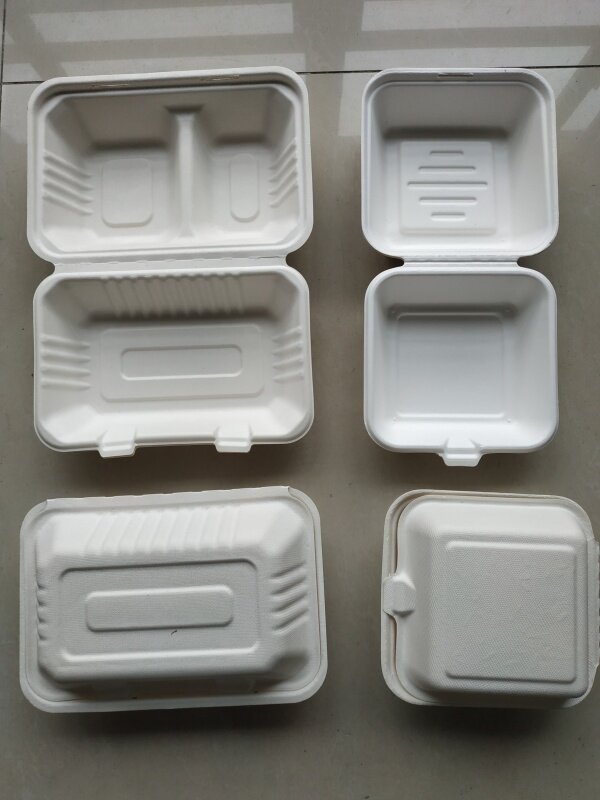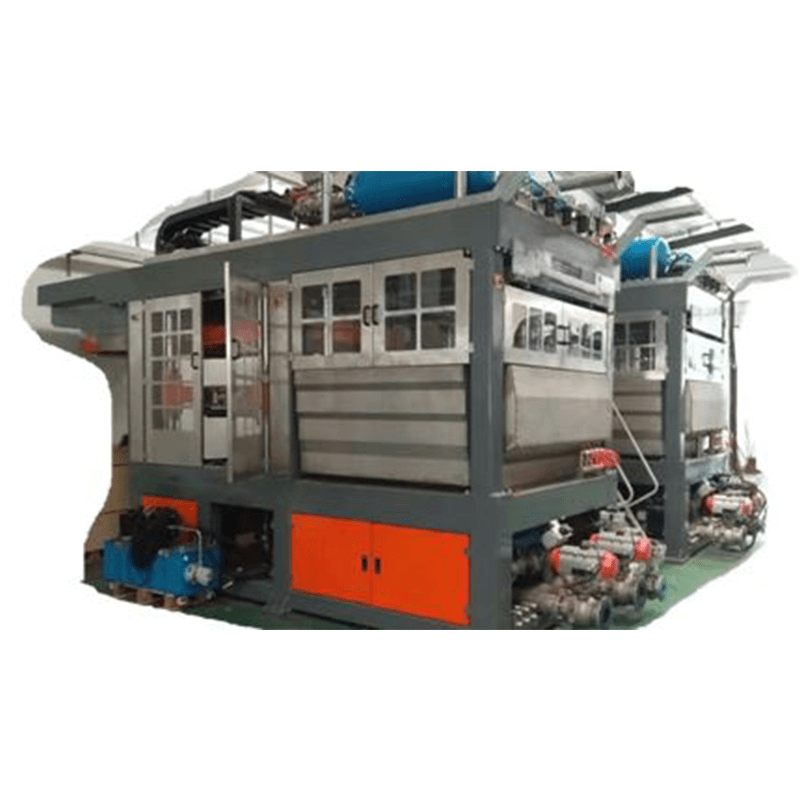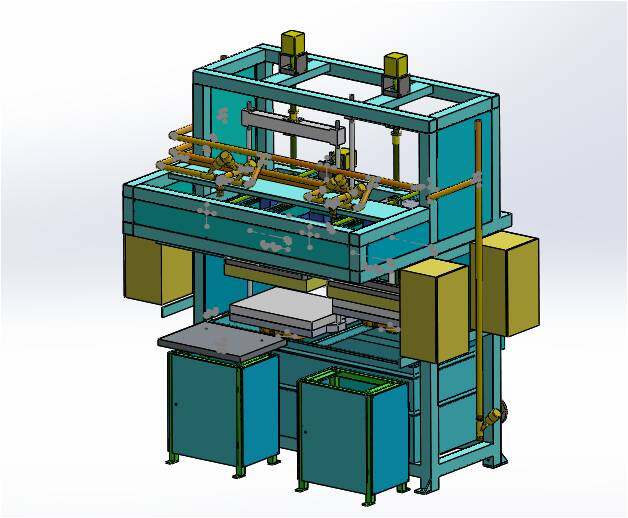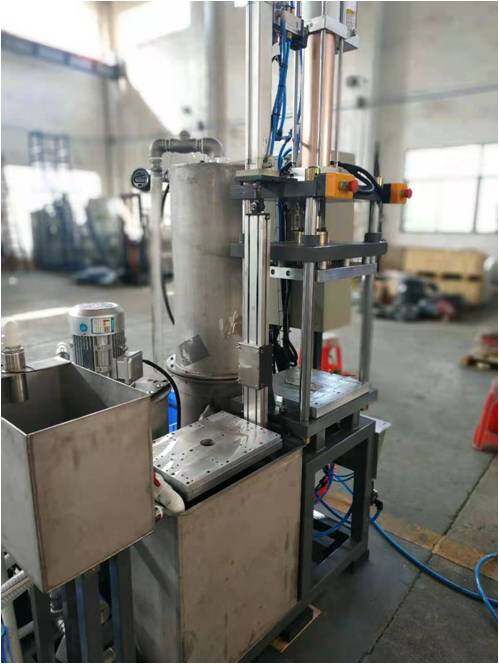From 2025 to 2034, the global sustainable minimalistic tableware packaging market is set for a massive revenue upswing, with projections of growth reaching hundreds of millions of dollars. In 2024, Europe led the sustainable minimalistic tableware packaging market, with paper/cardboard, plates, premium range, foodservice, and B2B channels dominating. Asia Pacific and bamboo material are set to grow fastest through 2034. From 2025 to 2034, the global sustainable minimalistic tableware packaging market is set for a massive revenue upswing, with projections of growth reaching hundreds of millions of dollars. In 2024, Europe led the sustainable minimalistic tableware packaging market, with paper/cardboard, plates, premium range, foodservice, and B2B channels dominating. Asia Pacific and bamboo material are set to grow fastest through 2034.
Sustainable Minimalistic Tableware Packaging Market Size, Share, Trends and Forecast Analysis
The global sustainable minimalistic tableware packaging market is booming, poised for a revenue surge into the hundreds of millions from 2025 to 2034, driving a revolution in sustainable transportation. The key players operating in the market are focused on adopting inorganic growth strategies like acquisition and merger to develop advance technology for manufacturing sustainable, minimalistic tableware packaging.
Sustainable Minimalistic Tableware Packaging Market Overview
Sustainable minimalistic tableware packaging refers to environmentally responsible and design-conscious packaging solutions tailored for tableware products such as plates, cups, cutlery, and serving dishes. This type of packaging emphasizes minimal material usage, eco-friendly materials, and efficient design that aligns with both environmental ethics and aesthetic simplicity. It typically involves the use of biodegradable, compostable, or recyclable materials such as kraft paper, molded pulp, corrugated cardboard, or bioplastics derived from renewable sources like cornstarch or sugarcane.
The minimalist approach avoids excess components, prints, or coatings, thereby reducing waste and lowering the carbon footprint associated with production and disposal. Additionally, sustainable minimalistic packaging is often designed with multifunctionality in mind, such as easy disassembly for recycling or reusability for storage purposes. Branding is usually kept subtle and printed with soy-based or water-based inks to prevent contamination of recycling streams. This form of packaging not only supports sustainability goals by conserving resources and minimizing pollution but also appeals to environmentally conscious consumers who value both functionality and responsible consumption.
Minimalist packaging is a natural ally of the earth all share when it comes to sustainability. Packaging that is more easily recyclable or compostable, utilizes fewer resources, and produces less waste is becoming more and more popular as environmental concerns continue to develop. The simple look of minimalist packaging also reflects the principles of cleanliness and environmental consciousness that many modern consumers seek. Design minimalism is one way the packaging industry is responding to calls to account for its environmental impact. Through deliberate minimalism and careful material selection, it minimizes waste.
www.imfa.org











